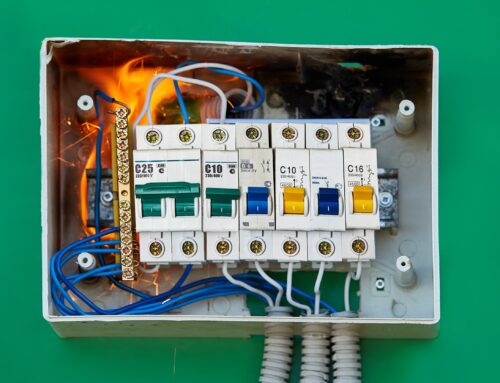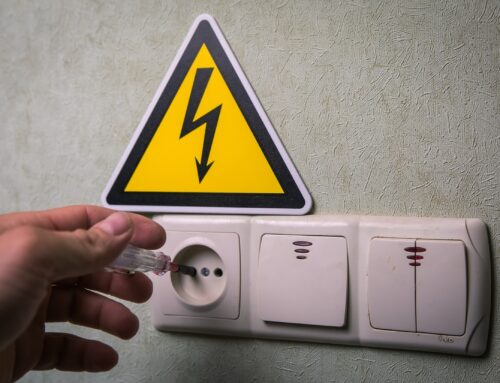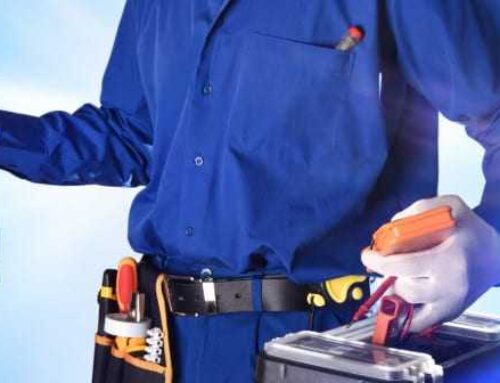Introduction
In the ever-evolving landscape of technology and home maintenance, it’s essential for homeowners to separate fact from fiction when it comes to electrical systems. The world of electricity is shrouded in myths that can lead to costly mistakes and potential dangers. This guide is here to debunk prevalent electrical myths, focusing on outlets, surge protectors, and electrical maintenance. As a trusted Lewisville residential electrician, White Electric aims to provide accurate information and correct these misconceptions, positioning themselves as knowledgeable professionals who prioritize electrical education. Let’s embark on a journey of dispelling myths and illuminating the truth about home electrical systems.
Sparking Curiosity: Unveiling Common Electrical Myths in Homes
Electrical Myth 1: Outlets Can Be Overloaded Infinitely
There’s a common misconception that electrical outlets can handle any number of devices indefinitely. While it’s true that outlets have multiple receptacles, each one has a specific capacity. Plugging too many devices into a single outlet can lead to overheating, tripped breakers, or even electrical fires. It’s crucial to understand the load capacity of outlets and distribute devices accordingly to ensure safety.
Electrical Myth 2: Surge Protectors Provide Complete Protection
Surge protectors are valuable tools for safeguarding electronics from voltage spikes caused by lightning or power surges. However, they are not invincible shields. Powerful surges can still overwhelm surge protectors, especially if they’re old or of low quality. It’s wise to invest in high-quality surge protectors and consider additional layers of protection, such as unplugging devices during storms.
Electrical Myth 3: Electrical Maintenance Isn’t Necessary
Some homeowners believe that as long as the lights are on and appliances work, there’s no need for electrical maintenance. This misconception can lead to hidden issues going unnoticed until they escalate into major problems. Regular electrical maintenance by a qualified professional can identify potential hazards, ensure optimal performance, and extend the lifespan of your electrical system.
Electrical Myth 4: All Power Strips Are Surge Protectors
Power strips and surge protectors may look similar, but they serve distinct purposes. Power strips provide extra outlets, but they don’t offer surge protection. Using a power strip in place of a surge protector can leave your devices vulnerable to sudden power surges. Always verify that your device is connected to a surge protector for proper protection.
Electrical Myth 5: Turning Off Electronics Saves No Energy
Leaving electronic devices on standby mode may seem harmless, but they still consume energy. Many electronics continue to draw power even when not in use, contributing to “phantom” or “vampire” energy consumption. Turning off devices completely or using smart power strips that cut off power to inactive devices can lead to noticeable energy savings over time.
Electrical Myth 6: DIY Electrical Repairs Are Safe
With the abundance of online tutorials, some homeowners attempt DIY electrical repairs to save money. However, electricity is dangerous and complex, and DIY repairs can lead to serious injuries, electrical damage, or fire hazards. It’s essential to leave electrical repairs to qualified professionals who have the expertise and tools to handle them safely.
Frequently Asked Questions
Can I plug multiple power strips into one outlet? Plugging multiple power strips into one outlet can overload it, increasing the risk of overheating or tripped breakers. Instead, use extension cords sparingly and avoid daisy-chaining power strips.
Are GFCI outlets necessary? Yes, Ground Fault Circuit Interrupter (GFCI) outlets are essential, especially in areas with water exposure like kitchens and bathrooms. They detect ground faults and prevent electric shocks, enhancing safety.
Should I unplug devices during a thunderstorm? It’s a good idea to unplug electronic devices during a thunderstorm to protect them from power surges caused by lightning strikes.
What’s the lifespan of a surge protector? Surge protectors have a limited lifespan, typically around 3 to 5 years. Regularly replacing them ensures continued protection for your devices.
Can I replace a two-prong outlet with a three-prong outlet? Replacing a two-prong outlet with a three-prong one without proper grounding is unsafe and violates electrical codes. Consult a professional electrician for proper installation.
Do LED lights use less energy than incandescent bulbs? Yes, LED lights are more energy-efficient than incandescent bulbs, consuming up to 80% less energy and lasting significantly longer.
Conclusion
By debunking these common electrical myths, we’ve shed light on the truth behind home electrical systems. It’s crucial to be informed and proactive when it comes to electrical safety and maintenance. Remember, White Electric, your trusted Lewisville residential electrician, is here to provide accurate information and professional guidance. Prioritizing electrical education and dispelling myths ensures the safety, efficiency, and longevity of your home’s electrical system.






